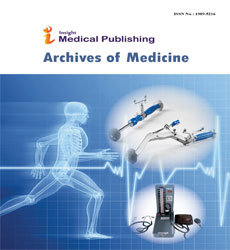Abstract
Pathophysiology and Management of Neurogenic Pulmonary Edema in Patients with Acute Severe Brain Injury
Purpose: This article will provide a narrative review of evidence regarding proposed mechanisms, diagnosis, and treatment of neurogenic pulmonary edema (NPE) in the critical care setting.
Methods: PubMed and Ovid databases were searched for observational or prospective studies relevant to the diagnosis and treatment of NPE.
Results: While the specific mechanisms responsible for NPE remain uncertain, putative mechanisms include catecholamine release with resultant pulmonary vasoconstriction termed the “blast injury theory”, increased vagal tone, and increased capillary permeability. Diagnosis involves identifying signs of pulmonary edema in the setting of a brain injury, and treatment modalities appear to work best when balanced towards maintaining a normal physiologic state.
Conclusion: Acute Brain Injury (ABI) consists of any acquired insult to the brain and is a significant cause of morbidity and mortality worldwide. Approximately 20–30% of patients with ABI develop lung injury. Neurogenic Pulmonary Edema (NPE) is an often underdiagnosed, but an important sequela of ABI, which may result in additional long-term morbidity. It is therefore an important for providers to recognize and tailor their clinical approach towards.
Author(s):
Matthew A Maslonka, Sudhir V Datar, Kristin N Sheehan*, Vidula Vachharajani, Andrew Namen
Abstract | Full-Text | PDF
Share this

Archives of Medicine peer review process verified at publons
Abstracted/Indexed in
- Google Scholar
- Genamics JournalSeek
- China National Knowledge Infrastructure (CNKI)
- Directory of Research Journal Indexing (DRJI)
- WorldCat
- Proquest Summons
- Publons
- Geneva Foundation for Medical Education and Research
- Secret Search Engine Labs
- Euro Pub
Open Access Journals
- Aquaculture & Veterinary Science
- Chemistry & Chemical Sciences
- Clinical Sciences
- Engineering
- General Science
- Genetics & Molecular Biology
- Health Care & Nursing
- Immunology & Microbiology
- Materials Science
- Mathematics & Physics
- Medical Sciences
- Neurology & Psychiatry
- Oncology & Cancer Science
- Pharmaceutical Sciences


